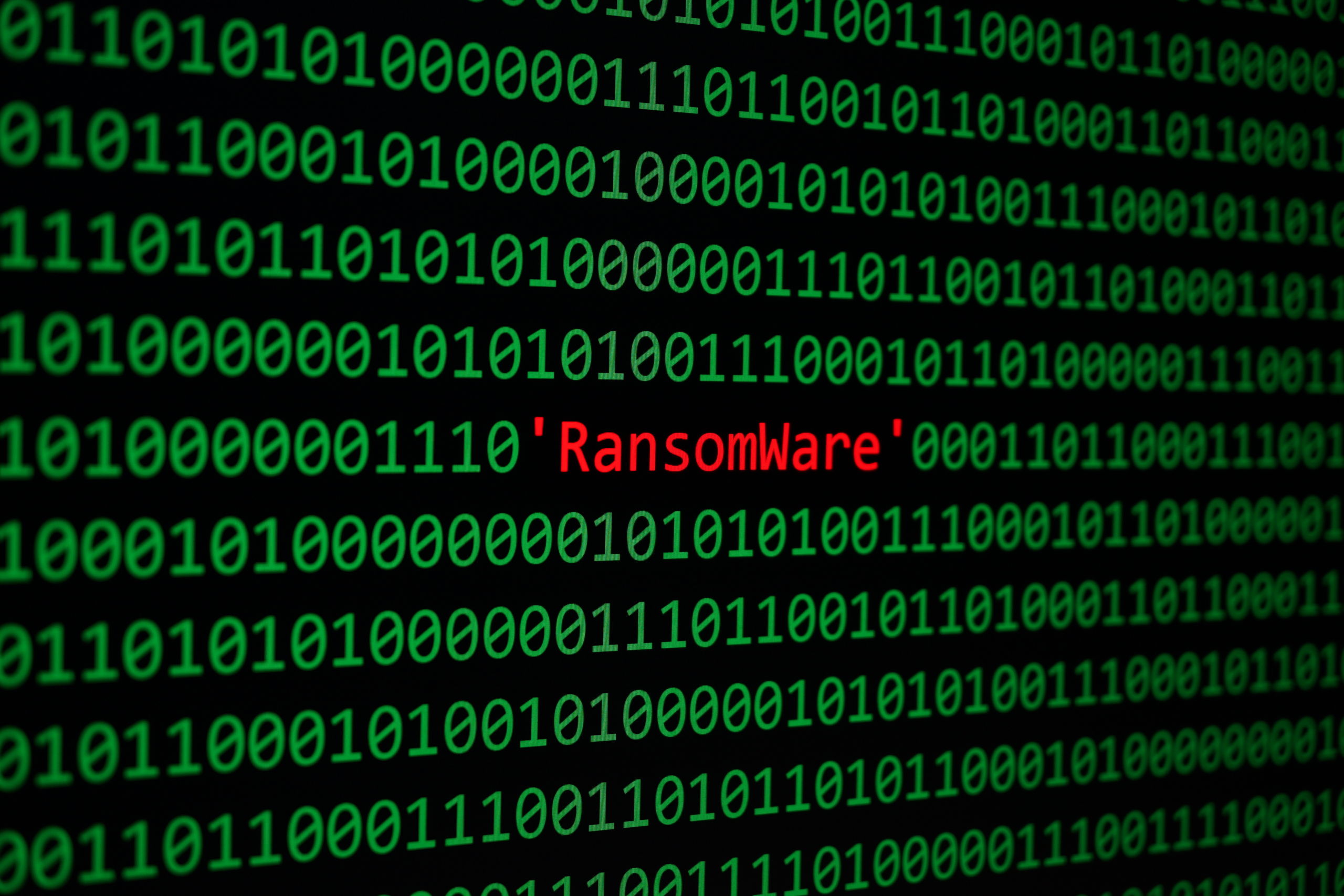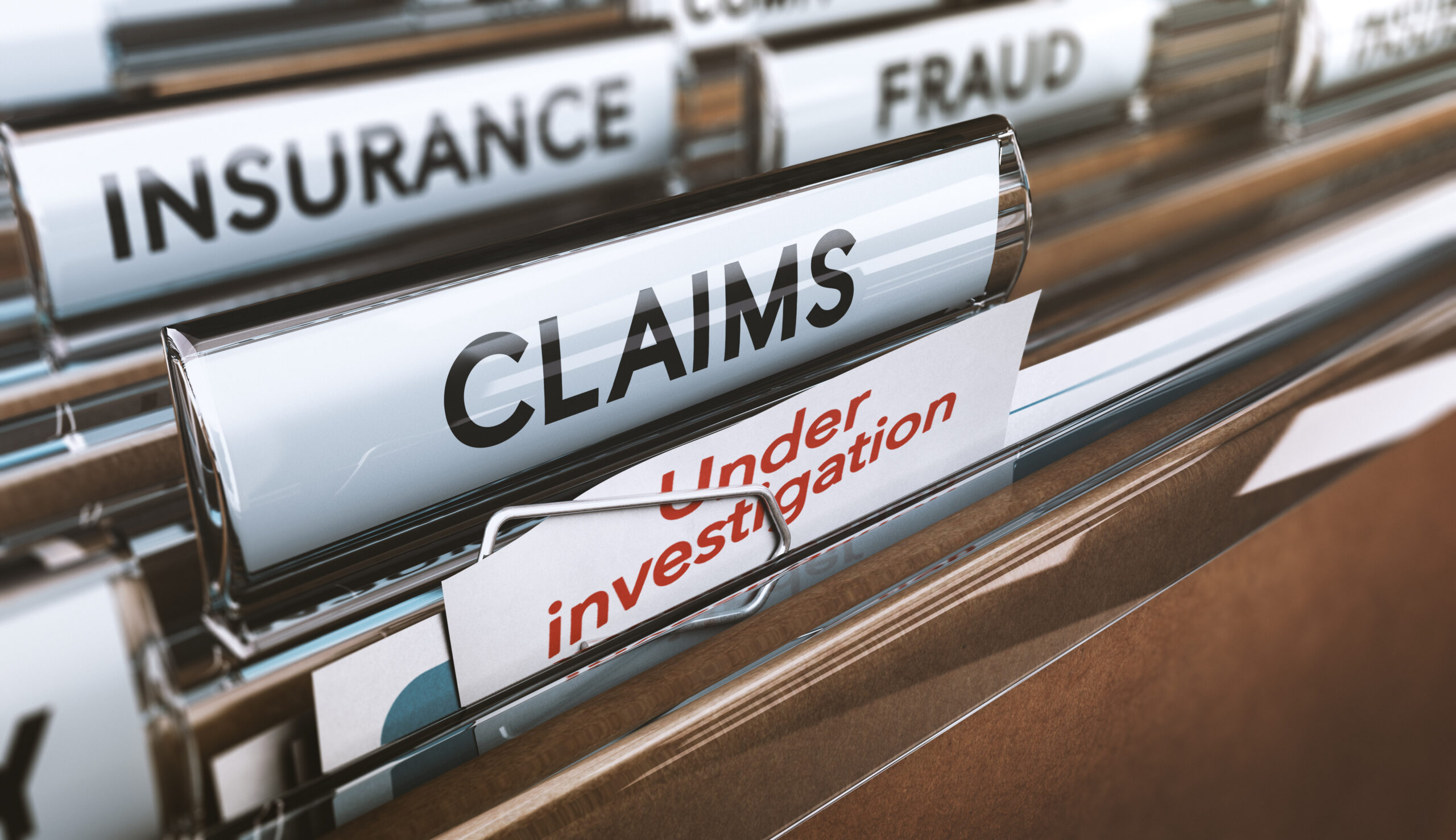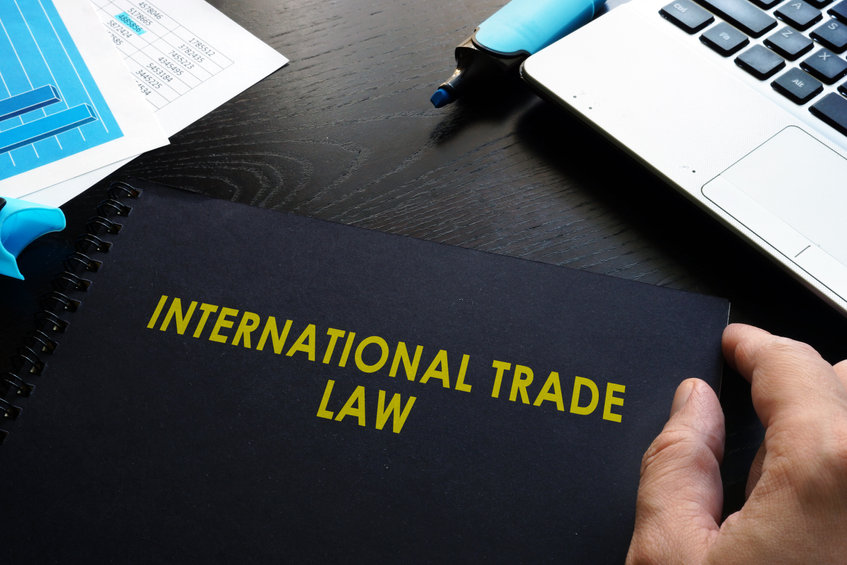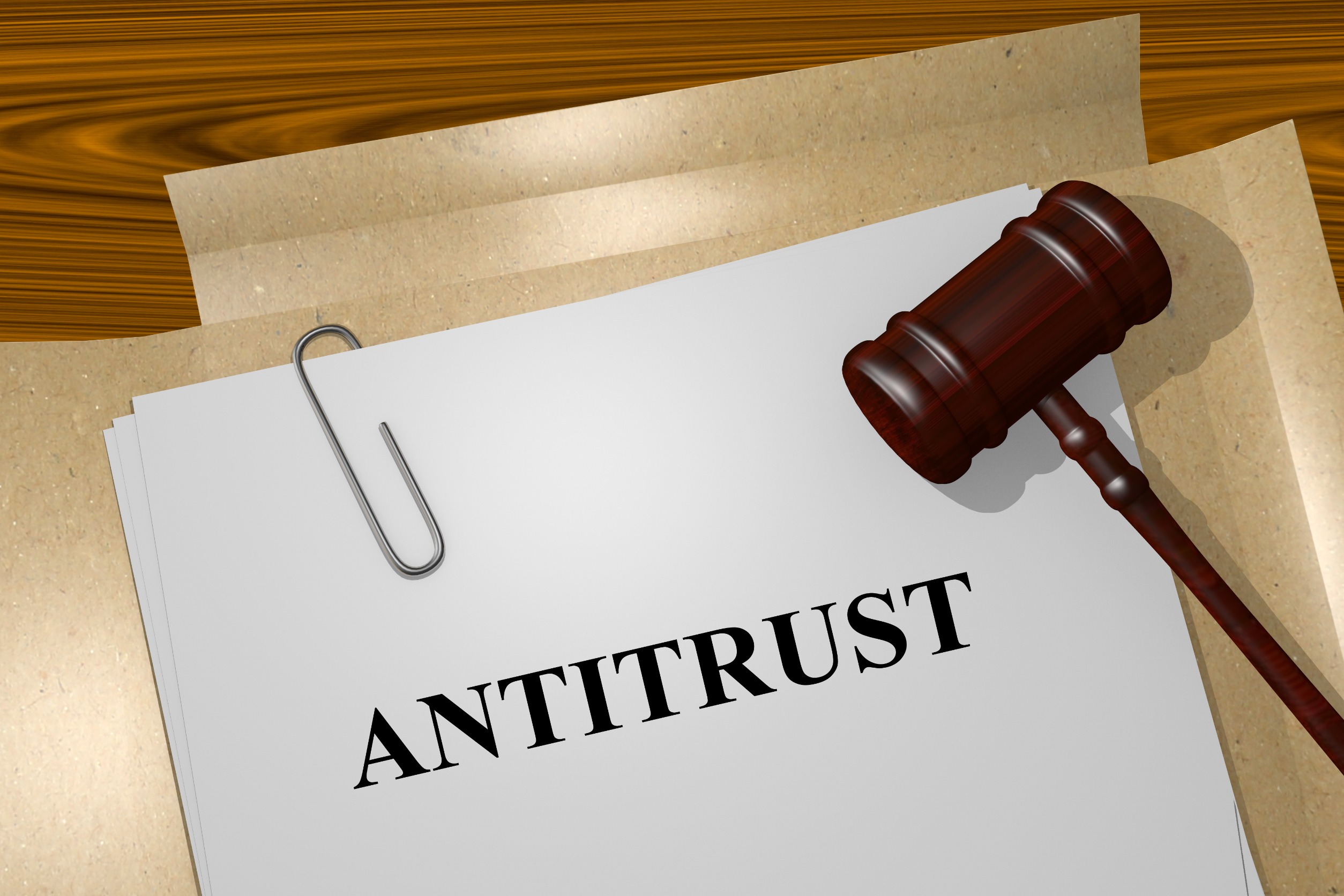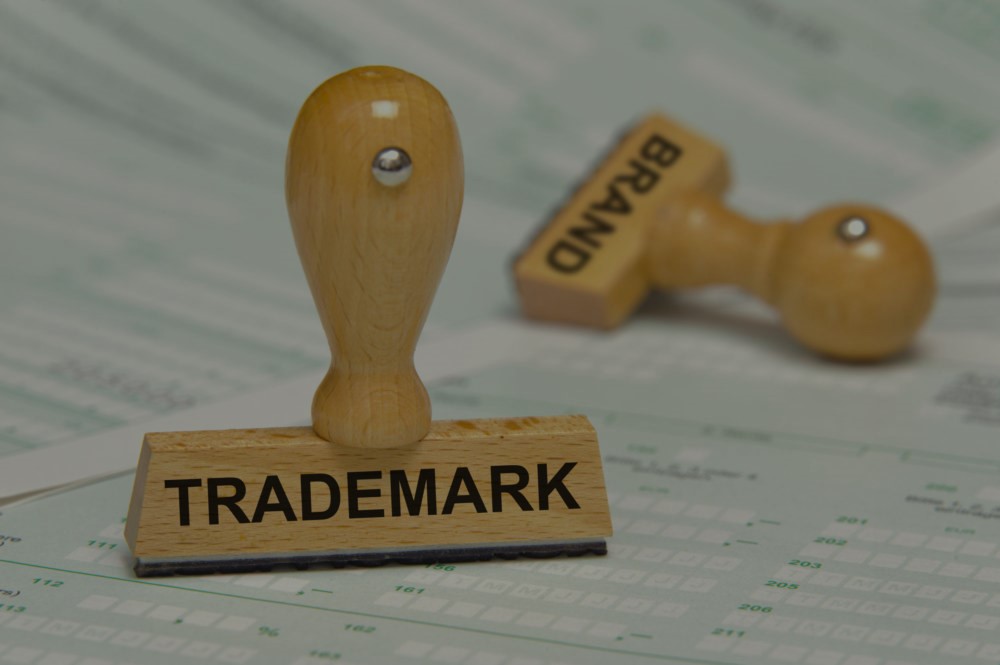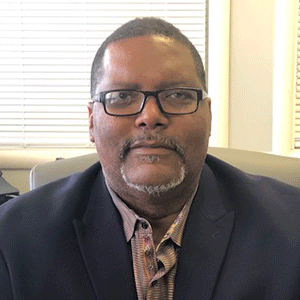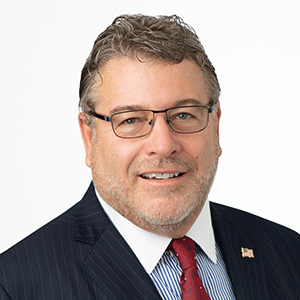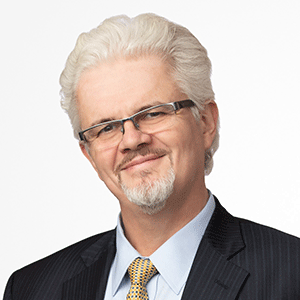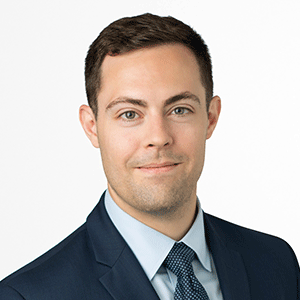Broadcast Date: Tuesday, November 10, 2020
from 12:00 pm to 2:00 pm (ET)
Overview:
The Qualified Opportunity Zones (QOZ) and Qualified Opportunity Funds (QOF) have been rapidly changing over the years. As a result, the Internal Revenue Service (IRS) has been stringently monitoring QOZ and QOF to ensure transparency among businesses and investors. More significantly, in October 2019, the IRS Treasury Department issued the proposed draft of the Opportunity Zone Accountability and Transparency Act which seeks to establish increased reporting framework, disclosure requirements, and penalty structure for QOFs.
As regulatory developments continue to arise, the tax law landscape remains uncertain. Thus, it is important to be in the know of recent and emerging developments in this area of law. Revisiting their reporting practices is also necessary to avoid noncompliance.
Join a distinguished panel of key thought leaders and practitioners assembled by The Knowledge Group as they provide the audience with a comprehensive discussion of the reporting requirements for QOF. They will present trends, developments, and critical issues surrounding this topic and will offer risk mitigation techniques as well as best compliance practices to avoid penalties in this evolving legal climate.
In a LIVE Webcast, the speakers will discuss:
- Two Years into the Qualified Opportunity Zones: A Lookback
- Trends and Updates in QOZ
- Opportunity Zone Accountability and Transparency Act
- Reporting Framework
- Disclosure Requirements
- Penalty Framework
- Red Flags
- Best Compliance Practices
- What Lies Ahead
Credit:
Course Level:
Intermediate
Advance Preparation:
Print and review course materials
Method of Presentation:
On-demand Webcast (CLE)
Prerequisite:
General knowledge of tax laws
Course Code:
148971
NY Category of CLE Credit:
Areas of Professional Practice
Total Credits:
2.0 CLE
How to Claim CLE Credits Per State:
https://knowledgewebcasts.com/how-to-claim-cle-credits-per-state/
CLE State Requirements:
https://knowledgewebcasts.com/cle-state-requirements/
CPE State Requirements:
Speaker Panel:
Gary Hobbs, President
BWI, LLC
Gary Hobbs is an entrepreneur and former corporate executive with extensive experience in real estate, technology, education, and healthcare. He started his career as an electrical design engineer and has successfully migrated through the corporate ranks of companies like AT&T, Eli Lilly, and Roche Diagnostics. As an engineer, project manager, business executive, developer, and entrepreneur he has led organizations of up to four hundred people and budget responsibilities spanning well over $100M.
Currently, he is CEO for Black and White Investments, LLC. Gary founded BWI in 2005 as a development and construction management company. BWI’s target market is urban development within Indiana and their primary focus is multi-family and mix-use tax credit developments.
Gary is a co-founder of OZRA LLC (Opportunity Zone Real Estate Advisors). OZRA is a small consulting firm of leading experts in Accounting, Law, and Real Estate Development. We meets the growing needs of developers, investors, communities and municipalities in structuring deals and matching investors interested in the Opportunity Zone program. Gary is one of the country’s leading authorities on this subject matter, as one of the leaders supporting Senator Tim Scott in crafting the bill at its inception into Law.
John Napoli , Partner
Seyfarth Shaw LLP
John P. Napoli, partner in the firm’s Corporate department in New York and co-chair of the firm’s national Opportunity Zone Funds group, was named a Top 25 Attorney by Opportunity Zone Magazine. Napoli is the co-managing partner of Seyfarth’s New York office and also co-chairs the firm’s national tax practice. He practices federal, state and local tax law, and advises public and private clients on tax issues relating to opportunity zones, corporate mergers and acquisitions, international transactions, restructurings, consolidations, financing, real estate (including REITs), tax free like kind 1031 exchanges, subchapter S corporations, partnerships, joint ventures, and limited liability companies. Napoli is highly skilled in shaping tax-efficient real estate transactions, including the formation, operation, and liquidation of REITs and UPREITs.
Steven Meier , Partner
Seyfarth Shaw LLP
Steve Meier chairs Seyfarth’s Corporate department and serves as co-chair of Seyfarth’s Tax practice. Steve develops real estate and alternative investment programs of all types, including Qualified Opportunity Funds, REITs, investment funds, and complex like-kind exchange programs (such as Delaware Statutory Trust investment programs). Clients appreciate his knowledge of the tax law and his ability to apply it in a common-sense manner to real estate and corporate transactions. He has been recognized by The Legal 500 (2014-2020) for his tax practice and recently led the team that represented Sound West Realty Capital in the design and implementation of the Marina Square project, one of the first syndicated Opportunity Zone Funds to come to market and named the top Qualified Opportunity Fund in the country by GlobeSt.com and Real Estate Forum in the category of “Economic Revitalization and Social Impact.”
Michael Lobie , Associate
Seyfarth Shaw LLP
Michael Lobie is a senior tax associate in Seyfarth’s New York office. He has extensive experience advising public and private clients on the most tax-efficient way to structure and implement business transactions of all types, including real estate acquisitions, dispositions, like-kind exchanges, joint ventures, and syndications. He regularly works with clients to design, launch, and operate qualified opportunity zone funds, investment funds, REITs, and Delaware statutory trusts. He also represents clients before the federal and state courts, the Internal Revenue Service, and state and local tax authorities on a variety of litigation and controversy matters. Prior to joining Seyfarth, Michael worked as an attorney for the US Department of Justice, Tax Division, and as a judicial clerk for a judge at the US Tax Court.
Agenda:
Gary Hobbs, President
BWI, LLC
- Upfront tax structuring issues – related party issue – for real estate development projects where the developer owns the land/site for the project, the Final Regs include limitations on transactions with “related parties” – the regs use a 20% ownership test (in place of the 50% test that generally applies under the tax code). This can create challenges to structuring of the economics when property is transferred to the QOZB. OZRA is working on financing models and structures that will work within the guidelines.
- On front end, QOF and QOZB should develop an OZ compliance/tracking checklist that can be reviewed routinely to ensure that all of the OZ requirements are met. The compliance checklist would include OZ requirements (such as 90 percent asset test, 70 percent tangible property test, 50 percent business activity, 5 percent nonqualified financial property threshold, etc.).
- Another upfront issue is making sure QOZ property is “substantially” improved. There is a safe harbor for working capital. QOF and QOZB should have a written working capital plan for the 31-month period.
- QOF investors will be concerned with ensuring deferral of gain. Because of the deferral of cap gain tax, the investor has zero basis for their initial investment – as a result, a common inclusion event may be a distribution from a QOF partnership to partner investors in excess of partner basis. In order to avoid inclusion of deferred gain, QOF investors should carefully track their outside basis during the period of investment.
- QOF and QOZB should work with CPAs to ensure proper IRS certifications and returns are filed. IRS specifically requires IRS Form 8996 to certify that the QOF is organized to invest in OZ property. The form is filed annually by the QOF and is due with the QOF’s federal income tax return.
John Napoli, Partner
Seyfarth Shaw LLP
Steven Meier, Partner
Seyfarth Shaw LLP
Michael Lobie, Associate
Seyfarth Shaw LLP
- There are three dimensions to compliance: investor compliance, QOF compliance, and QOZB compliance. We will focus primarily on QOF and QOZB compliance.
- There is only 1 QOZ-specific penalty and a few QOZ-specific annual forms to file with investor/QOF/QOZB tax returns, but there are many tests that must be considered and complied with in order to avoid the penalty and complete the forms.
- There is a "good cause" exception to the QOF penalty.
- Most of the tests and the compliance focus will be at the QOZB level.
- The preferred entity structure for maximum flexibility is to have a QOF that holds all of its assets through a QOZB, which either owns the assets directly or through individual DREs.
- Most of the focused attention for compliance purposes comes at the formation and funding. If everything is set up properly, then ongoing compliance will be much smoother (except in extraordinary situations like the current COVID-19 pandemic).
- Be very mindful of acquisitions of property from related parties. If seller ownership will rise above a certain level, then a well-designed ground lease may be preferable.
- Must ensure that QOF and QOZB operating agreements have specific provisions/protections.
- QOFs must pay particular attention to compliance when third-parties are brought in at the QOZB level that are not themselves QOFs (e.g., developer partners who are not QOFs)
- There is a way to structure your QOF/QOZB so that you can finance/refinance at/around stabilization to distribute cash to investors or take out third-party partners at the QOZB level.
- There may be instances in which it makes sense to have the QOF own assets (other than a QOZB interest) directly, such as when the asset will involve "sin businesses".
- "Mixed funds" are OK, but require additional tracking.
- The IRS has provided some useful COVID-19 relief from compliance burden, but the relief is largely limited to 2020.
- The IRS needs to provide more specific relief/flexibility around the working capital safe harbor plan. COVID-19 has caused existing QOFs/QOZBs to need to adapt/change plans in order to effectively respond and the IRS needs to permit amendments to the working capital safe harbor plan.
- Even absent specific IRS relief, there are ways to readjust the working capital safe harbor plan.
Date & Time:
Tuesday, November 10, 2020
12:00 pm to 2:00 pm (ET)
Who Should Attend:
- Business Managers
- Business Analysts
- Executive Board Members
- Business Development Managers
- Fund Managers
- Investment Advisers
- Investors
- Developers
- Financial Management Officers
- Accountants
- Tax Advisers
- Tax Consultants
Join Over 160,000 Professionals Empowering Their Careers
Learn anywhere from over 3000+ live and recorded CLE, CPE & Technology Webcasts.


